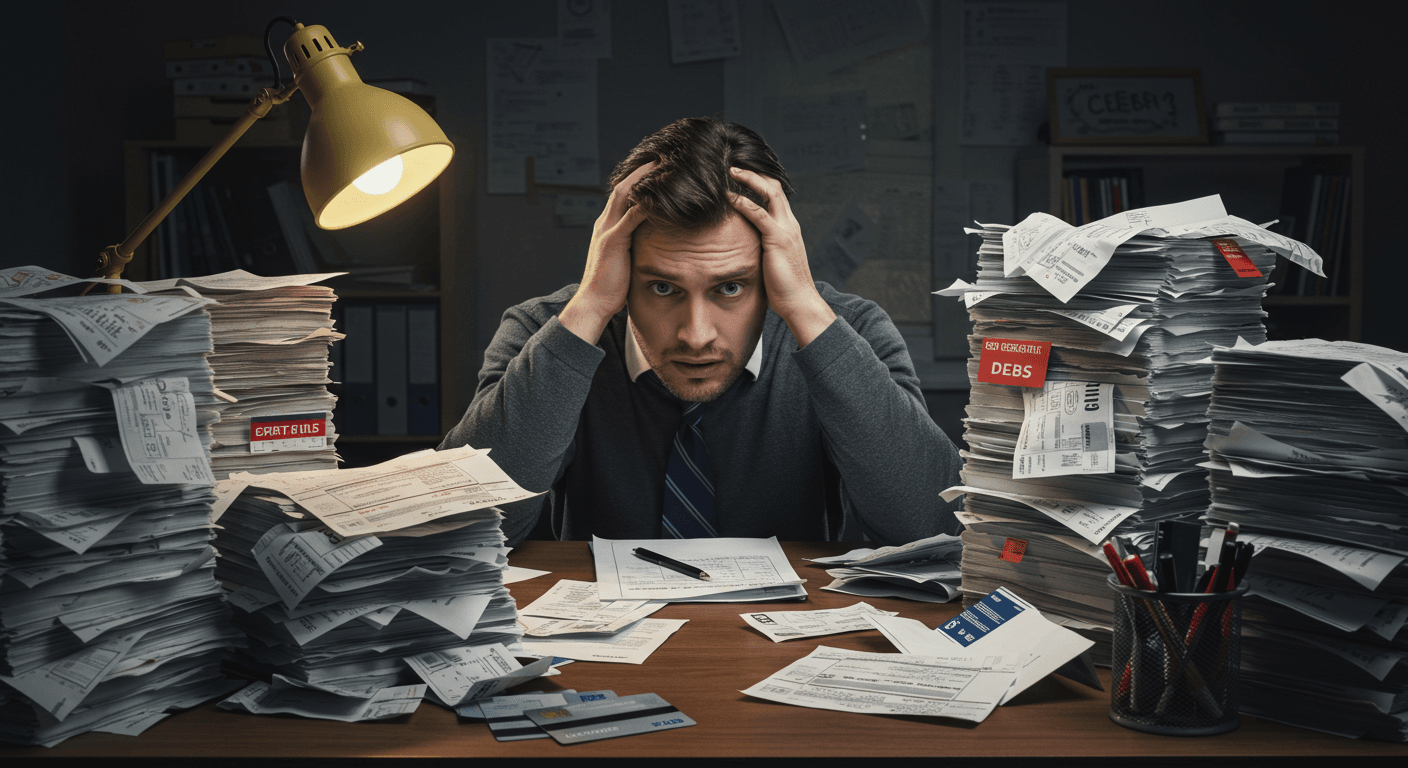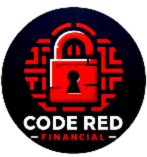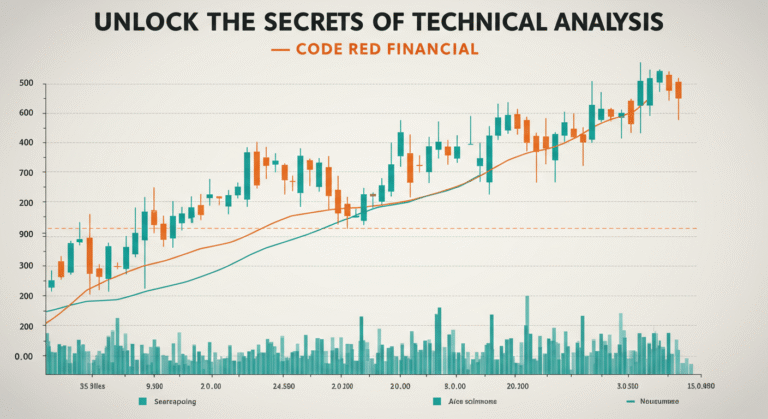
Let us be honest, in the fast-paced financial world that we live in, credit cards have become as essential as our smartphones. They’re convenient, offer rewards, and can be a lifesaver in emergencies. But here’s the thing: credit card debt in the U.S. has soared past the $1 trillion mark. That’s a lot of zeros, folks. So, let’s dive into the million-dollar question: Is this mountain of debt a necessary evil, or are we just digging ourselves into a hole?
The Plastic Fantastic
Let’s face it, credit cards have some pretty sweet perks:
- Convenience: Swipe, tap, or click – it’s shopping made easy.
- Emergency fund: When life throws you a curveball, your credit card can be a financial MVP.
- Rewards: Who doesn’t love cashback or racking up those travel miles?
- Credit building: It’s like a gym for your credit score.
But here’s the rub: the average American household is lugging around $6,270 in credit card debt[1]. That’s not just a number; it’s a weight on millions of shoulders.
The Slippery Slope of Swiping
It starts innocently enough. A dinner here, a new gadget there. Before you know it, you’re sliding down a financial slope slicker than a greased watermelon. Why? Because plastic doesn’t feel like real money. It’s like monopoly cash, but with real consequences.
The Mind Games of Money
Here’s a fun fact: studies show we tend to spend more when we’re flashing plastic instead of cash. It’s like our brains don’t register the “ouch” factor until the bill arrives. By then, it’s too late – you’ve already supersized your spending.
When Necessity Meets Sky-High Interest
For many folks, credit cards have become a lifeline. With inflation doing the cha-cha while wages do the slow waltz, more Americans are reaching for their cards to cover the basics. We’re talking groceries, gas, and keeping the lights on.
The Real Cost of Carrying a Balance
Let’s crunch some numbers. Say you’re carrying a $5,000 balance with an interest rate around 20% (pretty standard these days). If you’re only making minimum payments, you could be looking at 15+ years of payments and an extra $6,000 in interest[1]. That’s like buying your debt a house and sending it to college!
The Ripple Effect on Your Financial Health
Credit card debt isn’t just a wallet problem; it’s a life problem:
- Credit Score Carnage: High balances can tank your credit score faster than you can say “declined.”
- Stress City: Financial worries can turn your hair gray and your nights sleepless.
- Future Fumbles: Heavy debt can clip the wings of your future plans, whether it’s buying a home or starting a business.
Breaking Free: Alternatives to the Credit Card Crutch
Before you cut up your cards in frustration, let’s look at some alternatives:
1. Emergency Fund: Your Financial Airbag
Start small. Even squirreling away $20 a week can build a cushion that keeps you from reaching for the plastic when life throws a curveball.
2. Personal Loans: The Lower-Interest Lifeline
For big expenses, personal loans often sport interest rates that make credit cards look like loan sharks.
3. Budgeting: The Not-So-Sexy Superhero
It’s not glamorous, but tracking your spending and cutting the fat can free up cash you didn’t know you had.
4. Debt Consolidation: Herding Your Debt Cats
Combining multiple debts into one lower-interest loan can make repayment less of a headache and more of a manageable task.
Financial Literacy: The Secret Sauce
Here’s a sobering thought: a lot of folks are using credit cards without really understanding how they work. It’s like driving a car without knowing what the pedals do. Dangerous, right?
Schools of Thought on Money
We need more schools teaching the ABCs of finance. Imagine a world where everyone graduates high school knowing how to budget, invest, and use credit wisely. We’d have fewer people trapped in the debt cycle and more financial success stories.
Credit Cards: Friend or Foe?
Credit cards are like power tools. In the right hands, they’re incredibly useful. In the wrong hands, well, let’s just say you wouldn’t want to see the aftermath.
Here’s how to wield your plastic responsibly:
- Pay in full each month. It’s like magic – no interest!
- Use credit for planned purchases, not impulse buys. That new TV can wait.
- Review your statements regularly. Knowledge is power, especially when it comes to your spending.
- Choose cards with rewards that match your lifestyle. If you’re not a jetsetter, maybe skip the airline miles card.
The Future of Credit: What’s Next?
As we zoom towards a cashless society, credit cards aren’t going anywhere. But the landscape is changing:
- Mobile payment systems with built-in budgeting tools. Your phone might become your financial advisor.
- Fintech apps offering low-cost loans or cash advances. Traditional banks, watch out!
- Blockchain-based credit systems with potentially lower fees. Crypto-credit, anyone?
Wrapping It Up: The Debt Dilemma
So, is credit card debt a necessary evil? It’s complicated. Sometimes, it’s a lifeline. Other times, it’s a trap. The key is to use credit cards as tools, not crutches.
Here’s the bottom line: Be smart, stay informed, and don’t be afraid to explore alternatives. Your future self will thank you for the financial wisdom you’re cultivating now.
Remember, financial freedom often starts with managing debt wisely. It’s not about never using credit; it’s about using it strategically and responsibly.
As we navigate the uncertain economic waters ahead, approach credit card use with caution and strategy. After all, your financial health is just as important as your physical health. Take care of it, and it’ll take care of you.
In the end, whether credit card debt is a necessary evil or not depends on you. Use it wisely, and it can be a powerful ally. Use it recklessly, and it becomes your financial kryptonite. The choice, as they say, is in your hands – or in this case, in your wallet.
Stay savvy, stay informed, and may your financial future be bright and debt-free!







